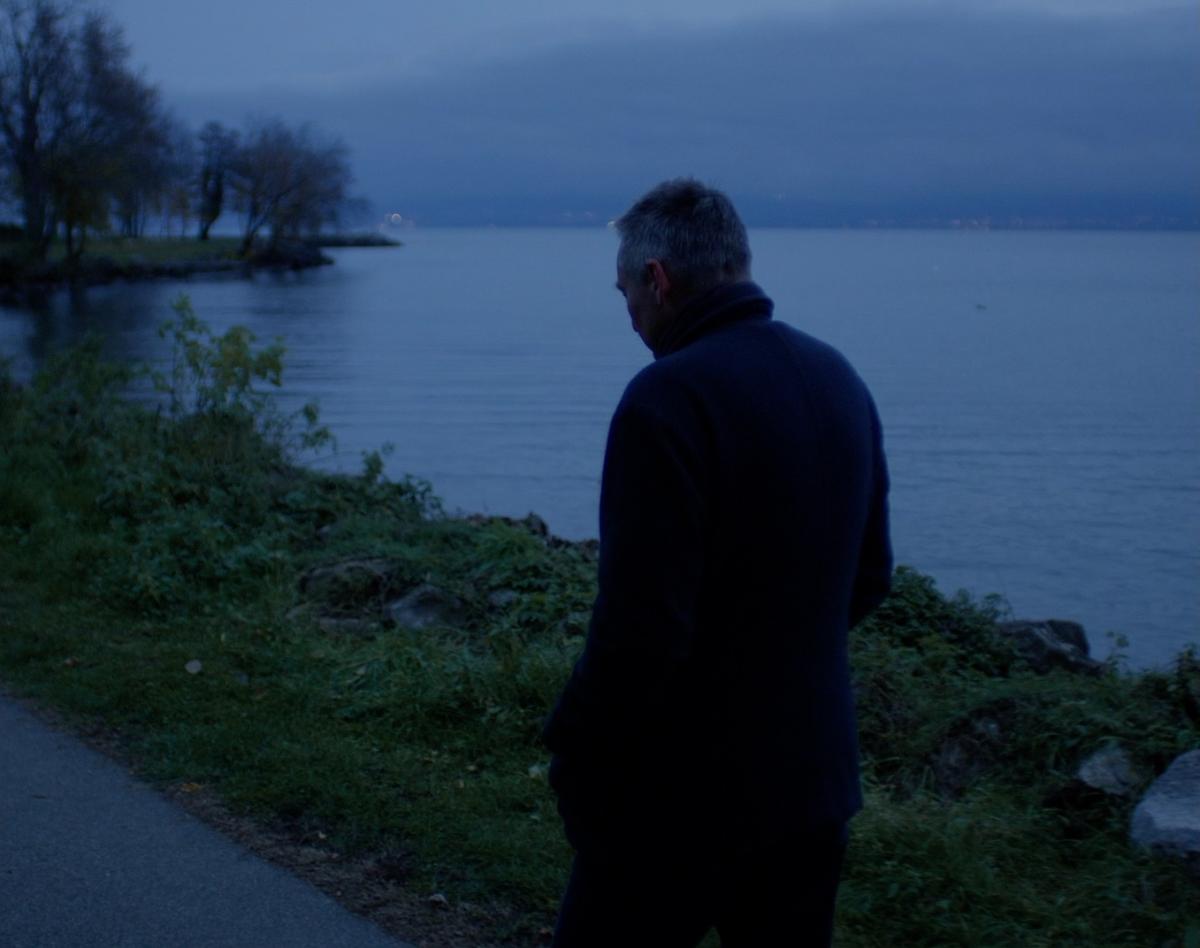France Against the Robots (2020, 10 min.)

January 5, 1945. In Brazil, Georges Bernanos, a fighter of words against the Vichy regime, wrote La France contre les robots, published in 1946 by “Edition France Libre” with this copyright: “by Comité Central de la France Libre au Brésil.” France: a country that owes the world a Revolution in line with that of 1789 and the Paris Commune; robots: industrial machines whose reign is at work in all political-economic regimes (Nazi, Fascist, capitalist, democratic, Communist). What was Bernanos’ accusation against robots? The destruction of the relationship between human beings and nature; the replacement of a civilisation of the Word by a civilisation of the Number; Technology’s confiscation of the term “Progress” at the expense of the ancient principle of moral progress.
2020. Jean-Marie Straub, a fighter of images and sounds, chose a paragraph corresponding to the beginning of Bernanos’ pamphlet. He did not change a word. He used two versions of the same shot, each with full credits. At the start of the first version, twilight, a swan accompanies actor Christophe Clavert as he walks along the lake reciting Bernanos’ text, and then it disappears. At the end of the second version, brighter, a swan appears, passes the motionless actor, and drifts off to the left. The swans are among us, Nature will prevail, and the film offers this final gesture of unprecedented optimism – perhaps so that we can carry on, that is to say, fight, just a little longer. Straub dedicated the film to Jean-Luc Godard, who had recommended reading a treatise against the technologisation of the living, Le Manifeste des chimpanzés du futur contre le transhumanisme (2017). Bernanos, Straub, Huillet, Godard, the chimpanzees: those who used to be called “strong spirits,” the defiant ones.
Image from La France contre les robots (Jean-Marie Straub, 2020)
With thanks to Oscar Pedersen, Viktor Retoft and Balthazar.
This article was originally published in Balthazar no. 9, 2023, dedicated to the work of Danièle Huillet and Jean-Marie Straub.

